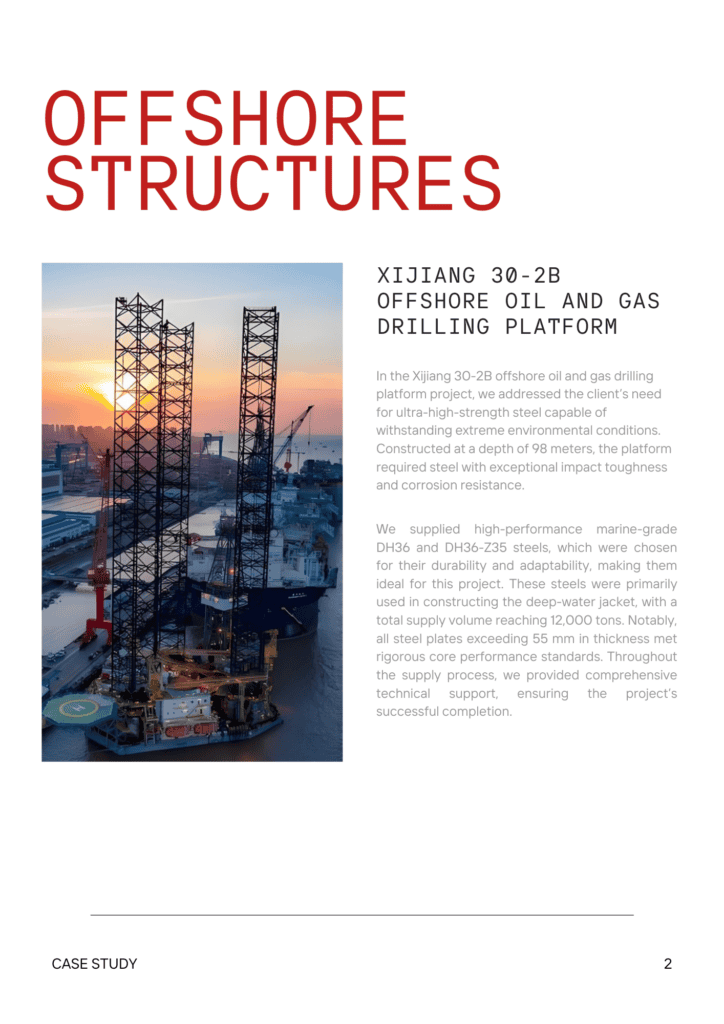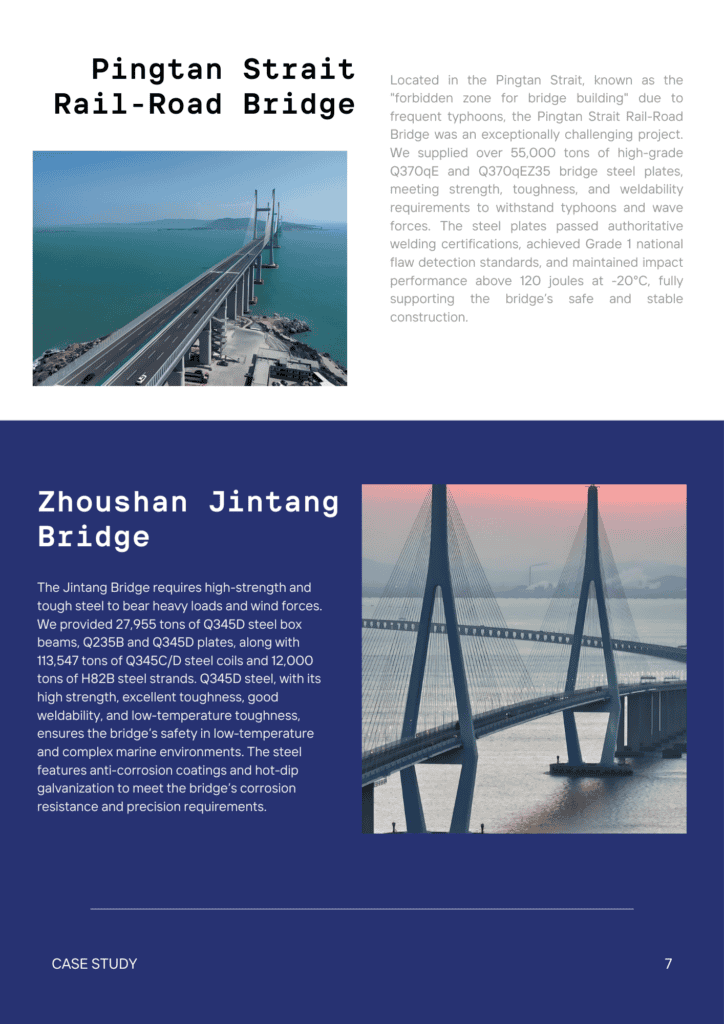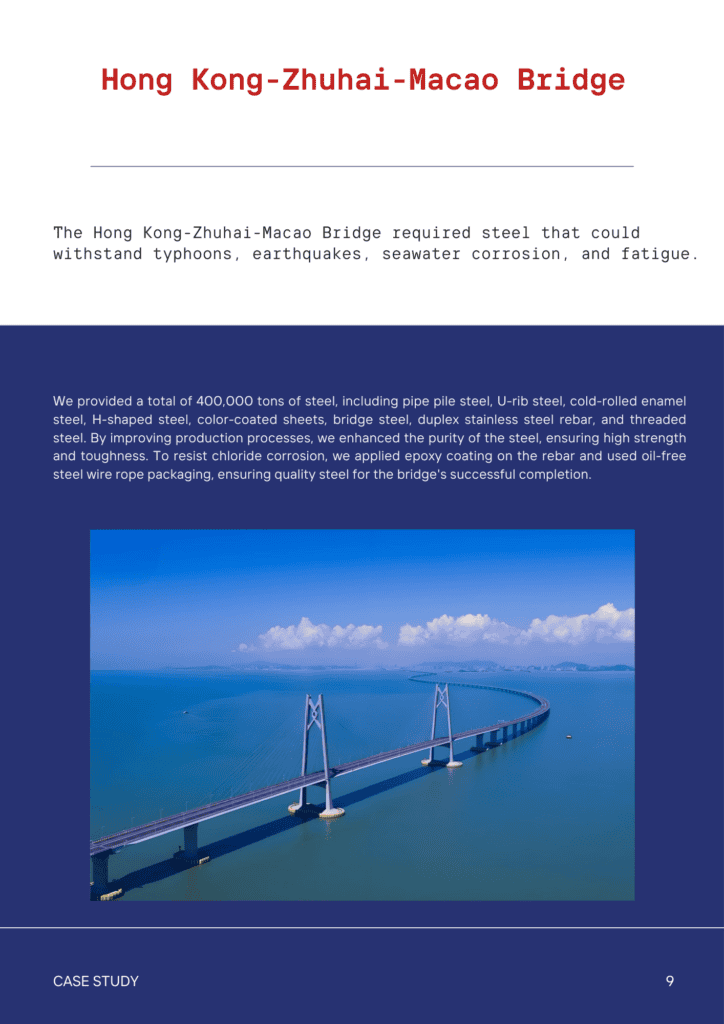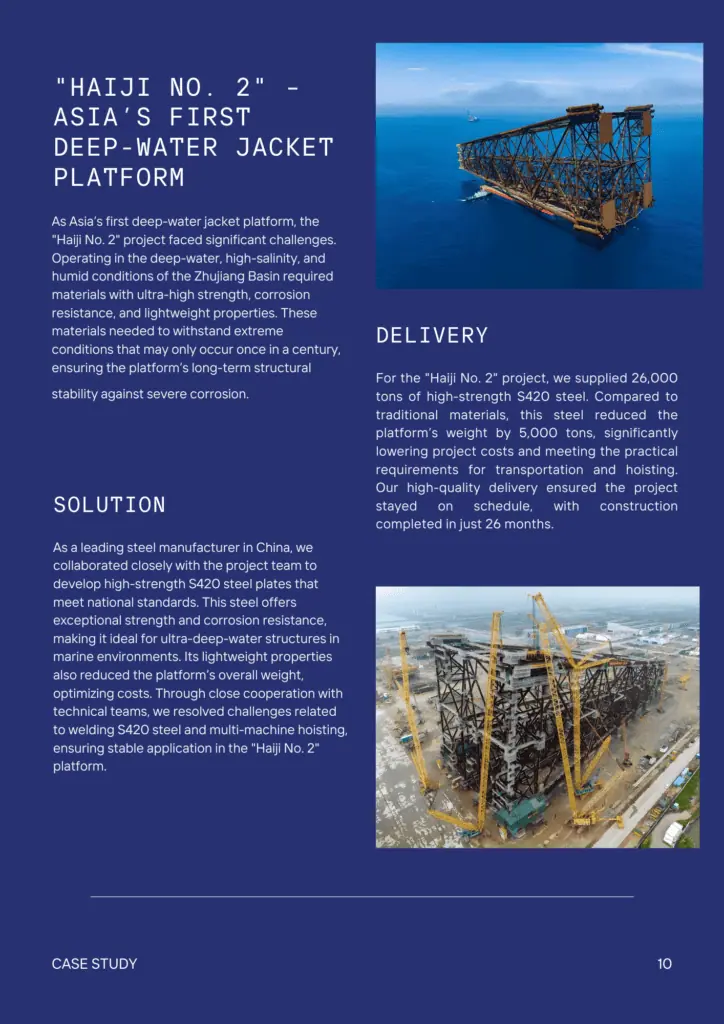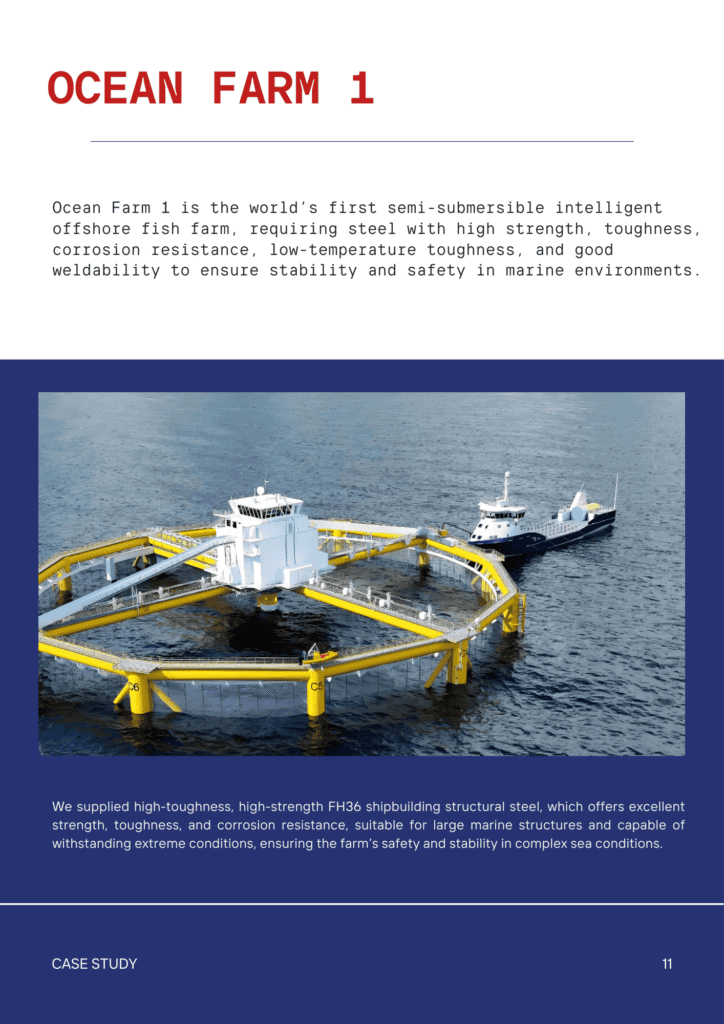Contents
H13 Tool Steel Chemical Composition Explanation
- John

At SteelPro Group, we take pride in the meticulous planning and precision that go into the production of our H13 tool steel. By leveraging advanced manufacturing processes such as Electroslag Remelting (ESR) and Vacuum Arc Remelting (VAR), we ensure that every piece of H13 steel — whether it’s plate, bar, or flat steel — meets the highest standards of quality.
H13 Tool Steel Chemical Composition
The composition of H13 tool steel enhances its resistance to thermal cracking and fatigue. Its high chromium content offers excellent wear resistance and hardenability, though it slightly reduces toughness. Here is a breakdown of the major components and their respective percentages:
| Element | Percentage (%) |
| Carbon (C) | 0.32 – 0.40 |
| Chromium (Cr) | 5.13 – 5.25 |
| Iron (Fe) | ≥ 90.9 |
| Molybdenum (Mo) | 1.33 – 1.4 |
| Silicon (Si) | 1 |
| Vanadium (V) | 1 |
H13 tool steel has a unique elemental structure that sets it apart from other tool steels, especially when it comes to its ability to perform under extreme conditions. The combination of high chromium, molybdenum, vanadium, and moderate carbon content provides H13 with a balance of toughness, heat resistance, and wear resistance that is hard to match.
Let us walk you through why this composition is special:
1. Balanced Carbon Content of H13 Tool Steel
Unlike some tool steels with higher carbon content, H13’s carbon level (around 0.32% to 0.40%) is carefully controlled to provide a balance of hardness and toughness. This controlled carbon range allows H13 to resist wear without becoming brittle or prone to cracking. The carbon content is low enough to maintain toughness, which is essential in high-temperature applications, yet high enough to maintain hardness during use.
2. High Chromium for H13 Heat and Wear Resistance
Chromium plays a pivotal role in H13’s ability to withstand high heat and resist wear. At around 5%, chromium ensures that H13 tool steel can maintain its integrity under extreme temperatures (up to around 540°C or 1000°F). This high chromium content also gives the steel resistance to oxidation and corrosion, especially in hot environments where many other tool steels would degrade or fail. This makes H13 particularly suitable for die casting, hot forging, and other hot-work applications.
3. Molybdenum and Vanadium for H13 Strength and Toughness
Molybdenum and vanadium work together to enhance the strength and toughness of H13 tool steel. Molybdenum (1.33% – 1.4%) contributes to the steel’s ability to resist softening at elevated temperatures, which is crucial in maintaining tool performance during extended high-heat use. It also improves hardenability, which means H13 can be heat-treated to achieve optimal mechanical properties.
Vanadium (around 1%) enhances the hardness and wear resistance of H13, especially at higher temperatures. Vanadium also refines the steel’s grain structure, contributing to improved toughness and resistance to thermal fatigue. Together, molybdenum and vanadium make H13 an excellent choice for tools subjected to thermal cycling or repeated high-temperature stress.
4. Silicon’s Role in H13 Steel Deoxidizing
Silicon (around 1%) is included in H13 tool steel primarily as a deoxidizing agent. It helps to remove impurities from the steel during the melting process, ensuring a cleaner and more uniform material. Silicon also plays a role in improving the steel’s resistance to oxidation and increases strength at elevated temperatures. While it doesn’t have as direct an effect on wear resistance as chromium or molybdenum, it supports the overall performance of H13 by improving its structural integrity.
Special Combination Makes H13 Steel Different
What truly makes H13 special is the synergy between these elements. The steel is engineered for extreme conditions, such as die casting and hot working, where tools are exposed to high temperatures, abrasive forces, and thermal cycling. The combination of carbon for hardness, chromium for heat resistance, molybdenum and vanadium for strength, and silicon for deoxidizing gives H13 a unique ability to perform consistently in these demanding environments.
For a more detailed understanding of the full capabilities and applications of H13 tool steel, refer to our detailed overview.
Precision H13 Tool Steel: Customizable & Industry-Compliant
At SteelPro Group, our H13 tool steel meets key industry standards, including ASTM A681, ensuring optimal performance for high-temperature applications. Manufactured using advanced processes like ESR and VAR, we guarantee exceptional consistency and quality. We also offer a range of processing options, including cutting, machining, and custom sizing, to perfectly match your specifications.





